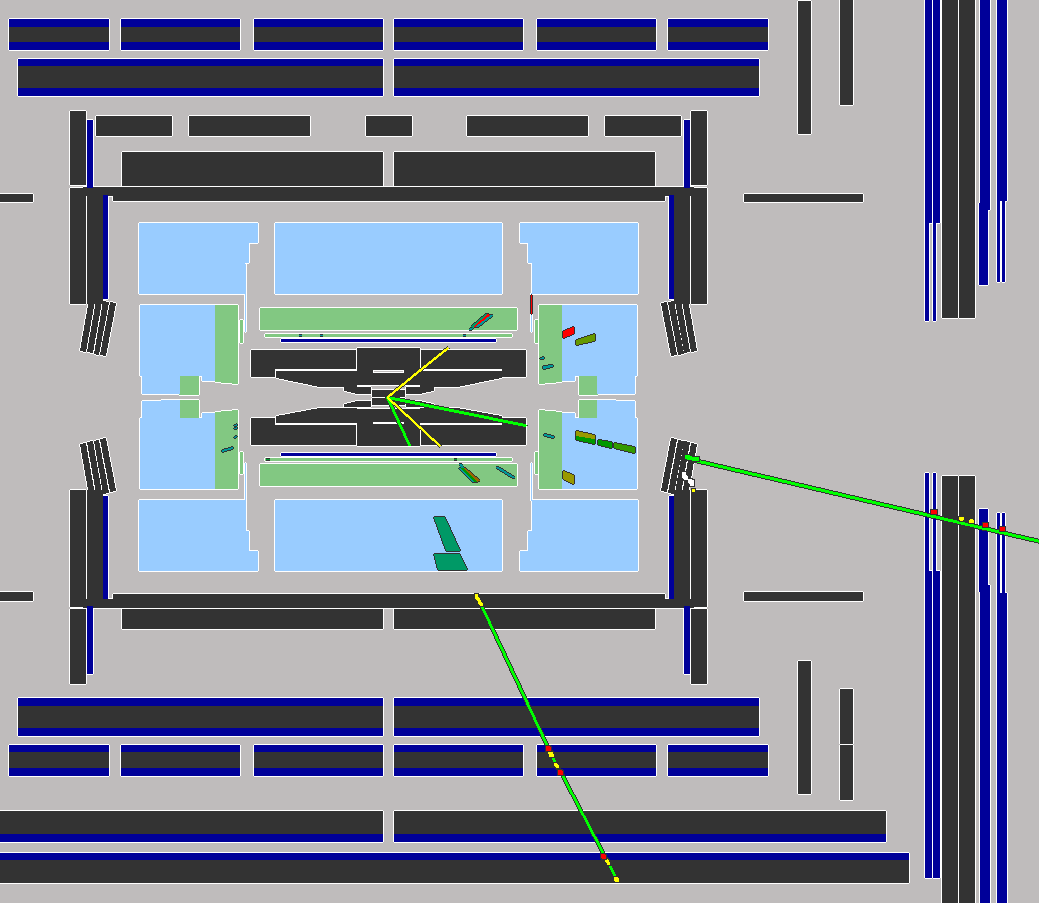The ATLAS experiment at the Large Hadron Collider (LHC) at CERN is designed to study the physics phenomena appearing in the proton-proton collisions at the 14 TeV center-of-mass energy. In the study of the physics processes involving muons in the final state an important role is played by the ATLAS muon spectrometer.
The spectrometer allows for a precision muon momentum measurement independently of other ATLAS subdetectors.
The performance of the spectrometer is strongly influenced by the performance of the muon tracking detectors, the Monitored Drift Tube Chambers (MDT).
About 1200 MDT chambers cover about 99% of the 5500 squared meters of
active area of the muon spectrometer. MPI muon group is constructing 88 (+14 reserve) barrel chambers of the outermost tracking layer - the so called BOS (barrel outer small) chambers. To insure the required chamber quality, we perform the tests of the mechanical chamber accuracy, as well as the tests of the chamber response to muons. We also currently participate in the chamber installation into ATLAS detector at CERN.
In addition, we develope the methods for the chamber calibration, taking into account the high neutron rates expected at the design luminosity.
Some of the key physics studies at LHC energies are dedicated to the quest for the origin of the particle masses, which could be explained by the spontaneous symmetry breaking mechanism ("Higgs mechanism"). The Standard Model theory of elementary particle interactions predicts the existence of a new, yet undiscovered spin-0 particle, the Higgs boson. The supersymmetric extensions of the model predict even more than one Higgs particle. We perform the studies of the Higgs discovery potential with ATLAS detector, taking into account different Higgs signatures.
|


